Rosa rugosa, originally an east Asian species of wild rose, produces tough hybrids with legendary survival attributes, including repelling deer.
Hardy and sturdy rugosas beguile when they blend with the landscape. Sadly, an unfortunate stereotype of Rosa rugosa in the environment, particularly along sand dunes in maritime landscapes, persistently conveys a hardscrabble image of sprawling, unrefined stragglers. Their steadfast scents, determined flowering, and distinctive leaves affirm their unmistakable presence.
Their species name, rugosa, is derived from their rugous, i.e., wrinkled, foliage. In particular, their aromatic tendency toward intense redolence of cloves dissuades deer from remaining in the vicinity of Rosa rugosa hybrids. Five Rosa rugosa hybrids that excel at repelling deer include:
• 'Agnes" (1922),
• 'Blanc Double de Coubert' (1892),
• 'Hansa' (1905),
• 'Scabrosa' (1950), and
• 'Thérèse Bugnet' (1950).
All five are classified for plant hardiness to Zone 4 (minus 30 to minus 20 degrees Fahrenheit; minus 35 to minus 29 degrees Celsius).
These five hybrids also enchant with their contributions, not only to safeguarding, but also to prettifying, gardens.


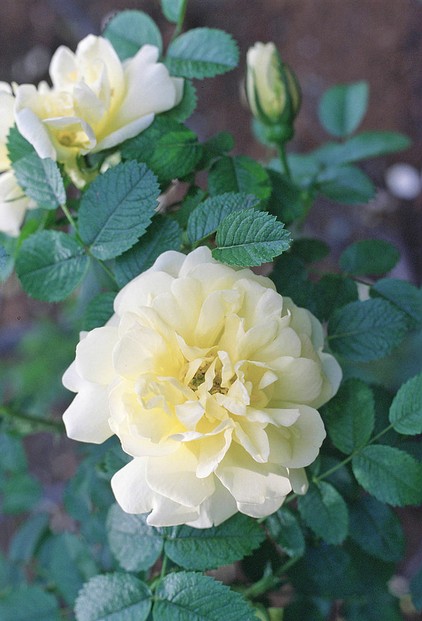
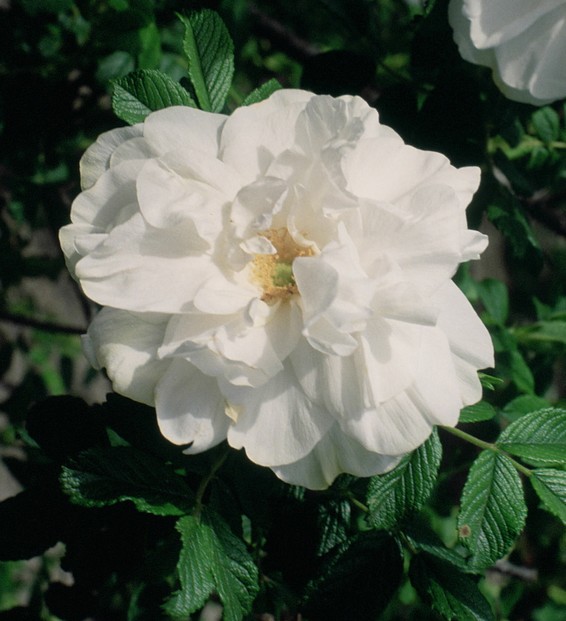
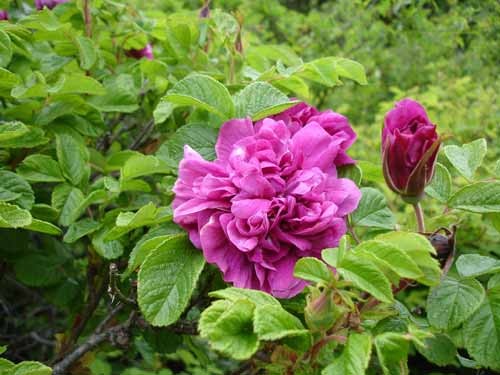
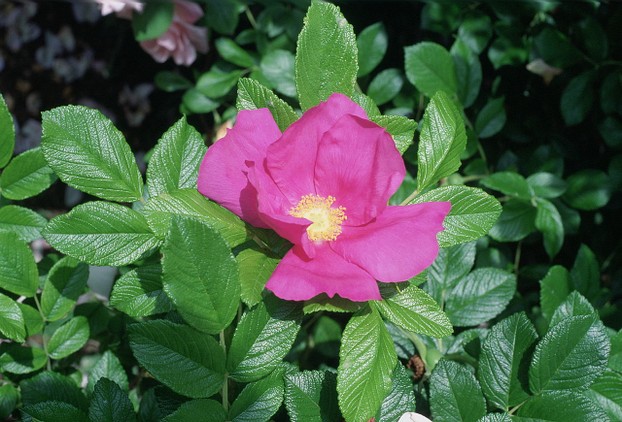
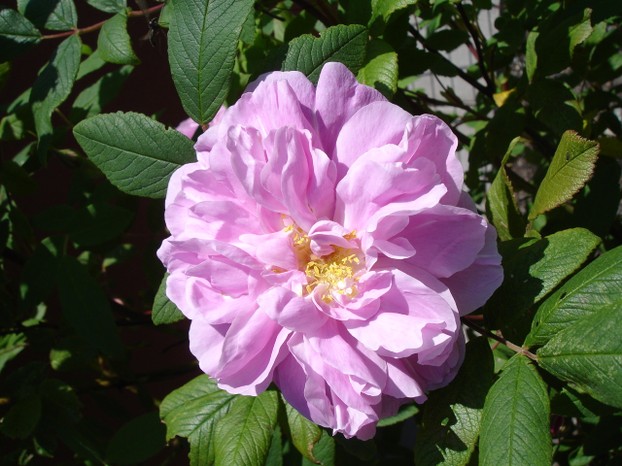
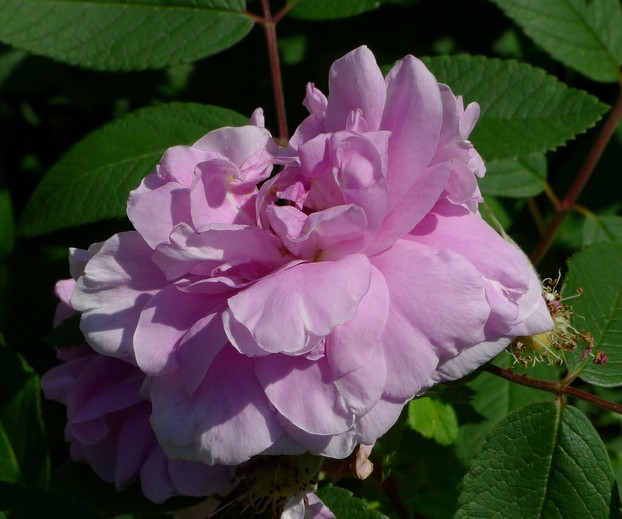
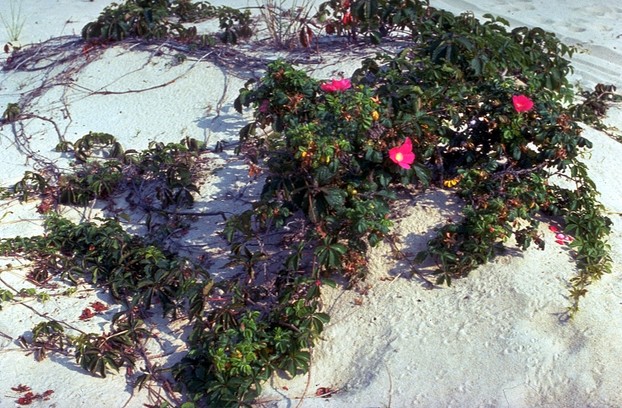
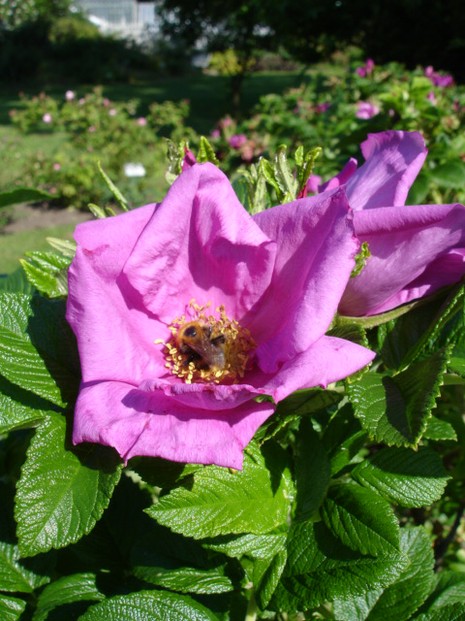






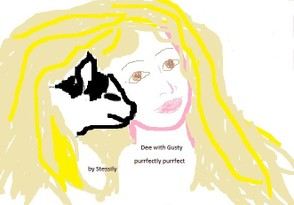
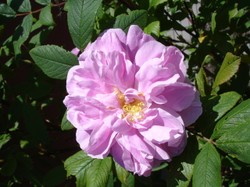

 Are Hawaiian Huakai Po Nightmarchers Avenging Halloween Thursday?on 10/02/2024
Are Hawaiian Huakai Po Nightmarchers Avenging Halloween Thursday?on 10/02/2024
 Mailing Addresses for 2023 Form 4868 Extending 1040 and 1040SR April 15, 2024, Due Dateon 04/15/2024
Mailing Addresses for 2023 Form 4868 Extending 1040 and 1040SR April 15, 2024, Due Dateon 04/15/2024
 Mailing Addresses for 2023 Forms 1040 and 1040SR Filed in 2024on 04/15/2024
Mailing Addresses for 2023 Forms 1040 and 1040SR Filed in 2024on 04/15/2024
 Mailing Addresses for 2022 Form 4868 Extending 1040 and 1040SR April 18, 2023, Due Dateon 04/13/2023
Mailing Addresses for 2022 Form 4868 Extending 1040 and 1040SR April 18, 2023, Due Dateon 04/13/2023

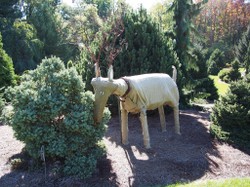
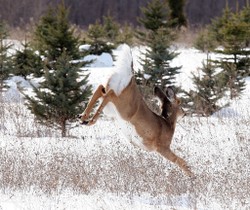
Comments
VioletteRose, Me, too, I also love deer, which have access to certain parts of my garden, in addition to the huge uncultivated meadow next to my yard. I am happy that deer enjoy some roses, but not others: by planting both kinds of roses -- those they like, those they dislike -- they and I both get to enjoy roses.
The roses look really pretty, but I think I love deer also :)